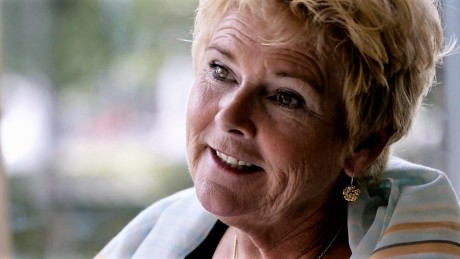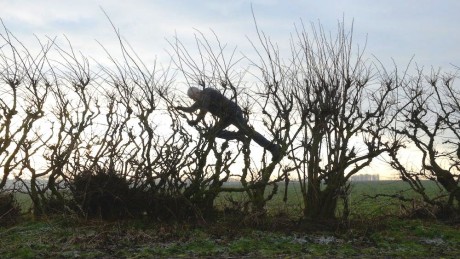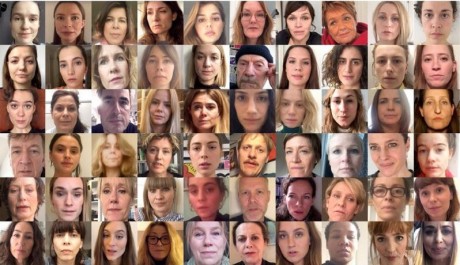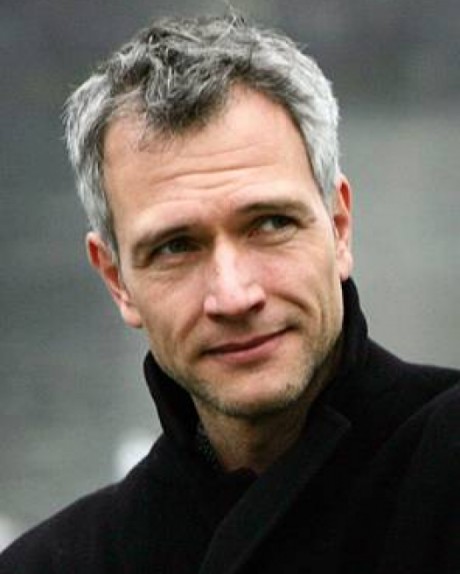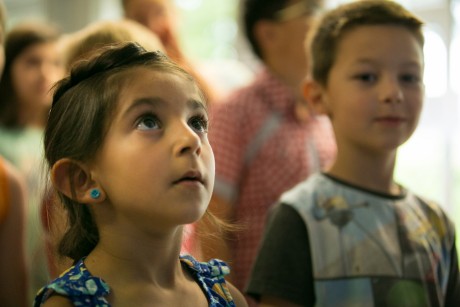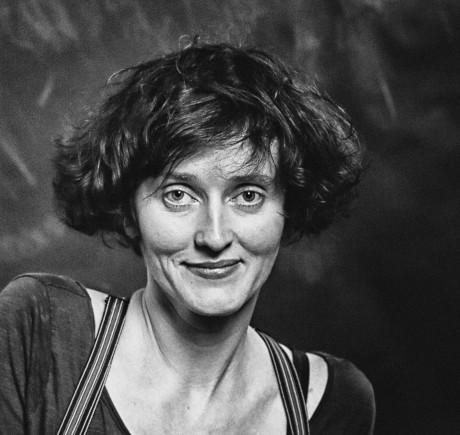


Simon Lereng Wilmont: The Distant Barking of Dogs
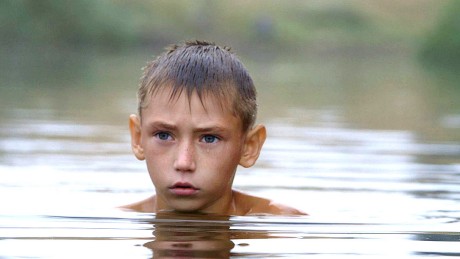
Festival directors Svetlana and Zoran Popovic write about the film:
“The Distant Barking of Dogs” started its impressive festival and award quest at the largest documentary film festival IDFA in Amsterdam where it won the First Appearance Award.
This is a film that follows a wonderful author’s thread initiated in the unforgettable poetic achievement “Ivan’s Childhood” about a boy and a war, made by one of the greatest film art masters Andrei Tarkovski. The space is close to Tarkovsky’s, now Ukraine, but this time it happens today and the hero of the story is called Oleg. He has ten years and does what all the boys in the world do – he plays, goes to school, and most of all, he likes to wander and discover the world around him. And the world begins from his yard and the street and spreads endlessly through meadows, forests, along riverbanks. And in this world of beauty and secrets the most important places have his brother, friend and grandmother with a big heart. But the dark outline of the invisible, yet dramatically present, and dangerous war noise becomes equally important and fills a little, almost empty village. Moments in which everything turns into fear, while the film becomes even more a moving poetic antiwar story about the small and unprotected in the whirlwind of big events.
Simon Lereng Wilmont discreetly, boldly and devotedly follows the little hero in various everyday situations, creating extremely convincing collisions of carefree childhood and cruel threats of war. The camera is not merely a distant observer, but always an accomplice in permitted and secret boyish endeavors. A truly great feat of a young documentarist who breaks linguistic and cultural barriers to create a work of universal value using the language of film images.
Denmark, Sweden, Finland, 2017, 90 mins.
